Increased Focus on Patient Experience
The emphasis on enhancing patient experience is becoming a key driver in the Ambulatory Infusion Center Market. Patients increasingly prefer receiving care in less intimidating environments, such as outpatient centers, where they can feel more comfortable and engaged in their treatment. Ambulatory infusion centers are designed to provide a more patient-centric approach, offering amenities that improve the overall experience, such as private rooms and flexible scheduling. This focus on patient satisfaction is not only beneficial for individuals but also advantageous for healthcare providers, as satisfied patients are more likely to adhere to treatment plans and recommend services to others. As the healthcare landscape continues to evolve, the importance of patient experience will likely remain a central theme in the growth of the Ambulatory Infusion Center Market.
Rising Prevalence of Chronic Diseases
The increasing prevalence of chronic diseases such as diabetes, cancer, and autoimmune disorders is a primary driver of the Ambulatory Infusion Center Market. As these conditions require ongoing treatment, the demand for outpatient infusion services is likely to rise. According to recent data, chronic diseases account for approximately 70% of all deaths, underscoring the need for effective management strategies. Ambulatory infusion centers provide a convenient and efficient alternative to traditional hospital settings, allowing patients to receive necessary therapies while maintaining their daily routines. This shift not only enhances patient satisfaction but also reduces healthcare costs associated with prolonged hospital stays. Consequently, the growth in chronic disease incidence is expected to significantly bolster the Ambulatory Infusion Center Market in the coming years.
Growing Demand for Personalized Medicine
The trend towards personalized medicine is significantly influencing the Ambulatory Infusion Center Market. As healthcare shifts towards tailored treatment approaches, the need for specialized infusion therapies is likely to increase. Personalized medicine often involves the use of targeted therapies that require precise administration, making ambulatory infusion centers an ideal setting for such treatments. The rise in genetic testing and biomarker identification is facilitating the development of individualized treatment plans, which in turn drives the demand for outpatient infusion services. This growing emphasis on personalized care is expected to propel the Ambulatory Infusion Center Market forward, as more patients seek customized treatment options.
Technological Innovations in Infusion Therapy
Technological advancements are transforming the landscape of the Ambulatory Infusion Center Market. Innovations such as smart infusion pumps, telehealth integration, and mobile health applications are enhancing the efficiency and safety of infusion therapies. These technologies facilitate real-time monitoring of patient conditions, allowing healthcare providers to make timely adjustments to treatment plans. Furthermore, the integration of telehealth services enables remote consultations, which can improve patient access to care and reduce the need for in-person visits. As technology continues to evolve, it is expected that the Ambulatory Infusion Center Market will experience increased adoption of these innovations, ultimately leading to improved patient outcomes and satisfaction.
Cost-Effectiveness of Outpatient Infusion Services
Cost considerations play a crucial role in the expansion of the Ambulatory Infusion Center Market. Outpatient infusion services are generally more cost-effective compared to inpatient care, which can lead to substantial savings for both healthcare providers and patients. Studies indicate that outpatient infusion therapy can reduce treatment costs by up to 50%, making it an attractive option for healthcare systems facing budget constraints. Additionally, as insurance companies increasingly recognize the value of outpatient care, reimbursement policies are evolving to favor these services. This financial incentive encourages the establishment of more ambulatory infusion centers, thereby driving market growth. The cost-effectiveness of outpatient services is likely to remain a pivotal factor influencing the Ambulatory Infusion Center Market.


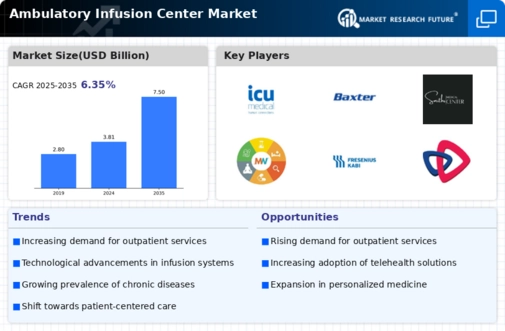
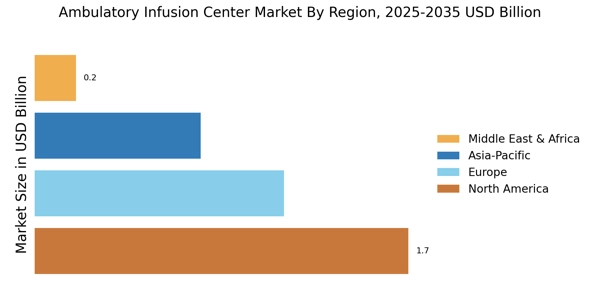

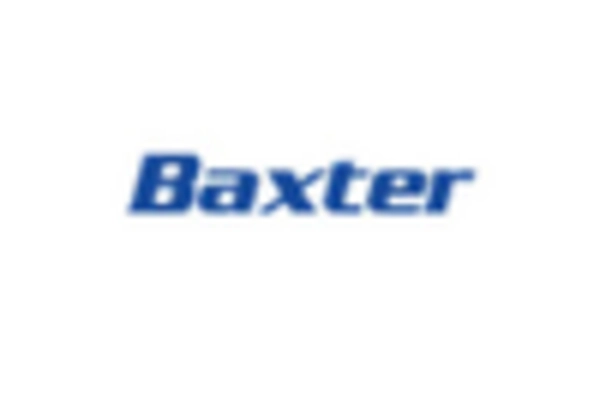
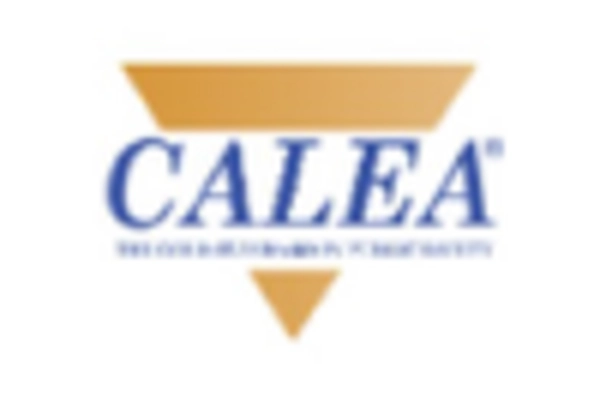

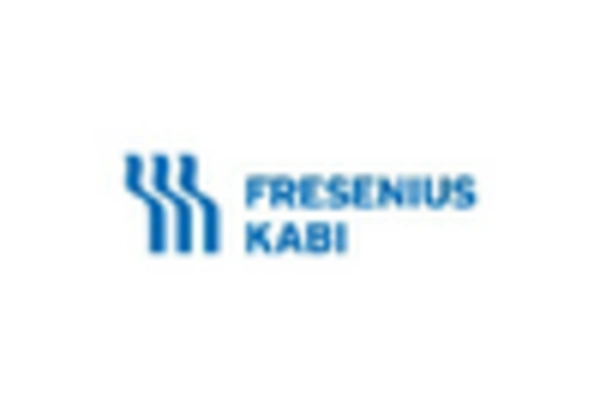
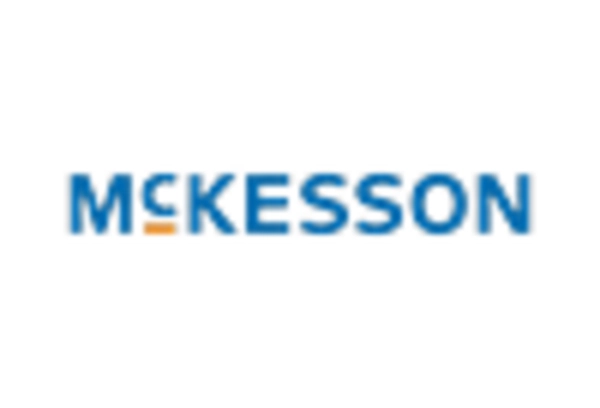








Leave a Comment